In this article, we will discuss all of the FAA pilot certificates and ratings that are administered to airmen in the United States.
The FAA Pilot Certificates are as follows:
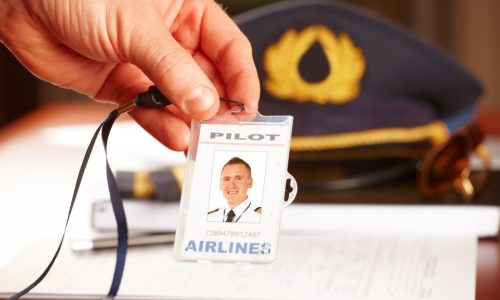
The student pilot certificate, which is issued by an administrator or flight instructor of a flight school, is processed immediately upon a student’s enrollment and admission. This certificate must be administered in person, as the student’s citizenship and identification must be verified. The purpose of this certificate is to identify the student as a pilot in command of the aircraft during the solo portion of their flight training.
In the past, there had been controversy about who was actually the pilot in command and which duties can and cannot be performed during training. This led to confusion with the FAA during an audit or incident. The mandatory implementation of the student pilot has resolved these types of issues.
The Sport Pilot Certificate, which is not related to an athletic sport, is issued to an airman that is wanting to operate an aircraft with a max gross takeoff weight of 1320 pounds or less.
There are limitations to this certificate such as daylight operations only with maximum seating for two souls. The Sport Pilot Certificate is less expensive to obtain as the time requirements are far fewer than what is needed for a full FAA Certificate. The Sport Pilot Certificate, which is called the Light Sport in Europe or SVS in Russia, has more popularity overseas than it does here in the United States.
The Recreational Pilot Certificate is issued to those who would like to fly for leisure in an airman’s local area only. Pilots with this certificate may only carry one passenger and fly an aircraft with 180 horsepower or less. In today’s day in age, there are very few of these certificates that are issued each year.
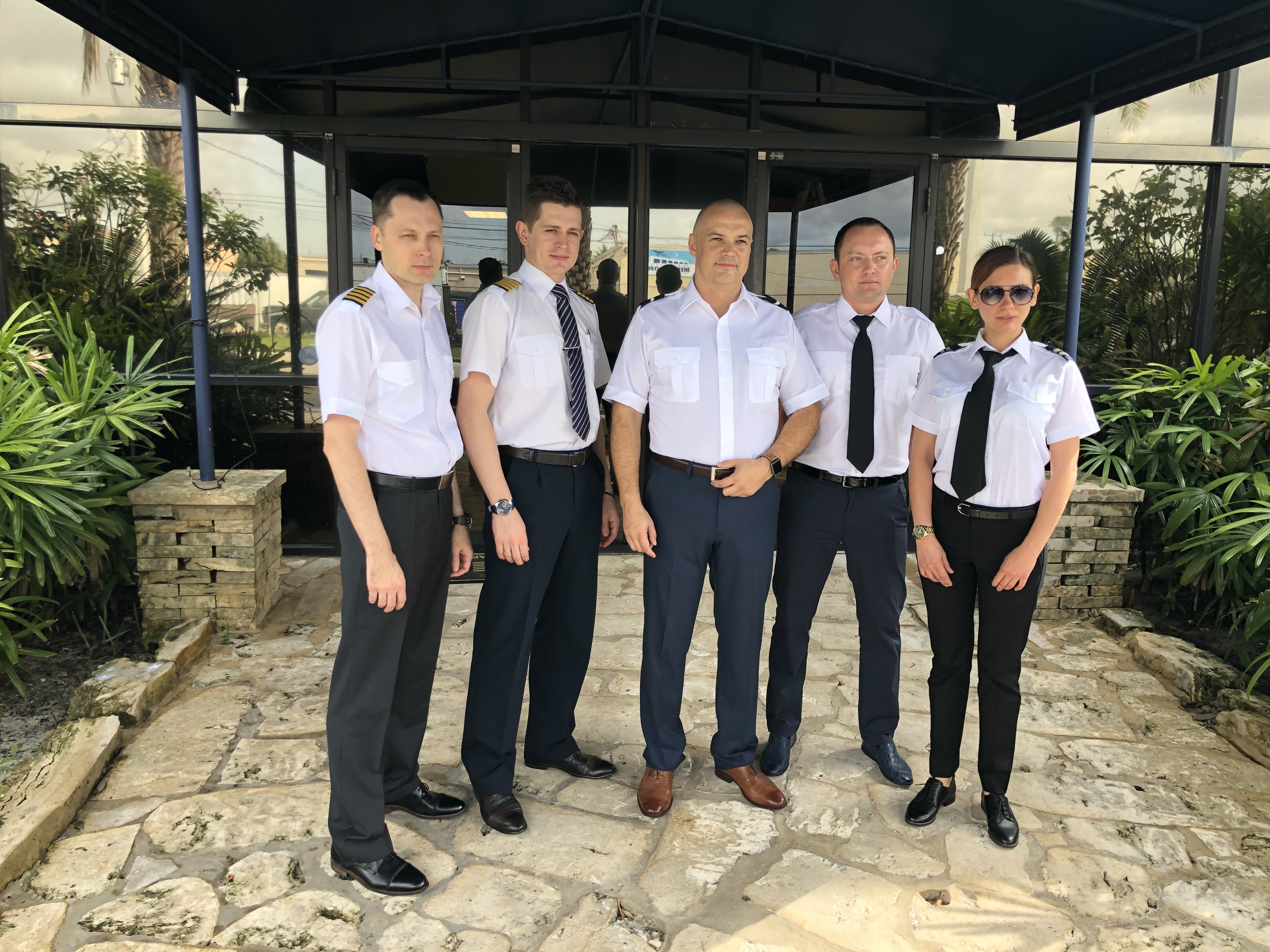
The Private Pilot Certificate is the most basic, yet most popular certificate, as it is the prerequisite for any aspiring pilot that would like to fly for a career.
The Commercial Pilot Certificate is the initial certificate that permits a pilot to fly for hire. An airman must have a minimum of 250 flight hours along with the necessary requirements to meet the standardization for the certificate.
The Airline Transport Pilot is the highest-level certificate issued to an airman. The holder of this certificate must have a minimum of 1500 hours of flight time, at which 250 of these hours must be logged as a pilot in command of an aircraft.
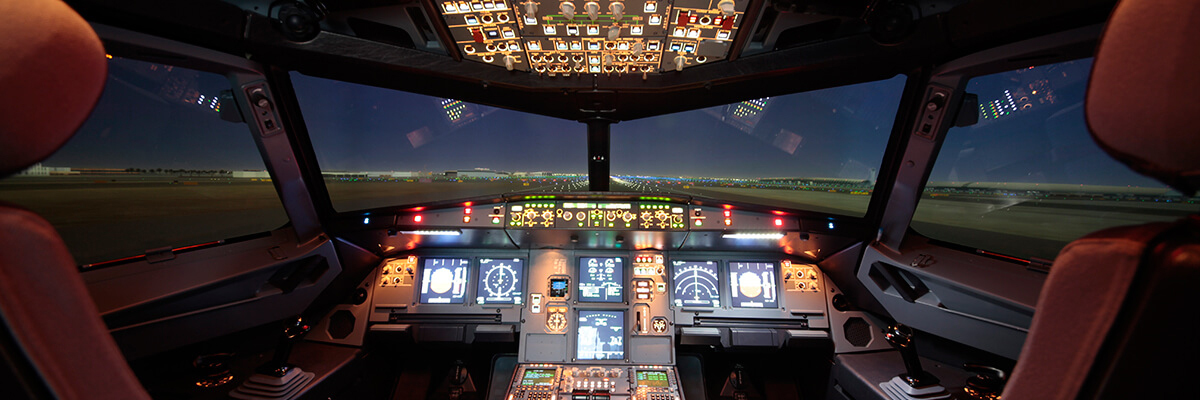
All requirements for candidates attempting to obtain any FAA Pilot Certificate are stated in the Federal Aviation Regulations Manual under Section 61, which explains the process of how to obtain an FAA Certificate.
There are several ratings that are added to the above certificates, granting holders additional aeronautical privileges. The FAA Ratings are as follows:
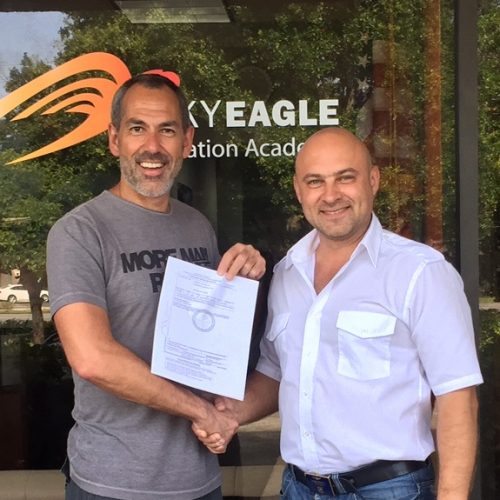
The Instrument Rating is the most popular rating, which becomes the second step for the vast majority of private pilots in the training process. This rating, also known as IFR, allows a pilot to operate an aircraft in inclement weather with limited visibility. Such conditions include rain, clouds, fog, and limited night visibility.
An airman must go through extensive training to prepare for both the theoretical and practical exams in order to receive the rating.
The Multi-Engine Rating is the second rating in the training process that can be attached to a Private, Commercial, or ATP Certificate. One may decide to train and learn to fly in a multi-engine aircraft first, but the training would be far more difficult as it is more practical and efficient to train on a single-engine aircraft from the beginning. The majority of students obtain all of their certifications in the single engine and then add on the multi-engine rating.
There are other ratings that can be obtained and attached to pilot certificates but refer to different categories and classes of aircraft such as helicopters, gyroplanes, gliders, balloons, airships, seaplanes, etc. Each new class and category require the successful completion of the exam that pertains to that particular course.
As with the FAA Ratings, FAA Endorsements may also be added to the above certificates, granting holders additional aeronautical privileges. Unlike the certificates and ratings, endorsements do not require an exam. They do require at least one hour of theoretical training, as well as a minimum of one hour of flight training. Once successfully completed, a special insignia will be added into a pilot’s logbook, which will officially grant them permission to fly the aircraft pertaining to the endorsement that was received.
The FAA Endorsements are as follows:
The High-Performance Endorsement permits pilots to fly aircraft with an engine thrust of 201 or more horsepower. To successfully receive this endorsement, one must complete one hour of theoretical training and one hour of flight training.
If all maneuvers, take off’s and landings are successful, the flight instructor will enter the endorsement into the pilot’s logbook.
For an aircraft, in The United States, to be considered “Complex”, it must have a retractable landing gear system and a variable pitch propeller. Training in this type of aircraft consists of one hour of theoretical training and one hour of flight training.
The Tailwheel Endorsement permits a pilot to fly a “tailwheel” type aircraft. This aircraft type carries its two main wheels under the forward section of the aircraft, followed by a small wheel under the tail in the rear. Operating a tailwheel aircraft, as opposed to a tricycle nose landing gear aircraft, is extremely different.
The challenges faced are your basic taxi, take off, and landing, which are executed completely differently than the tricycle gear aircraft. Along with the traditional hour of theory, one must conduct at least five flights to become proficient in a tailwheel aircraft and earn the Tailwheel Endorsement.
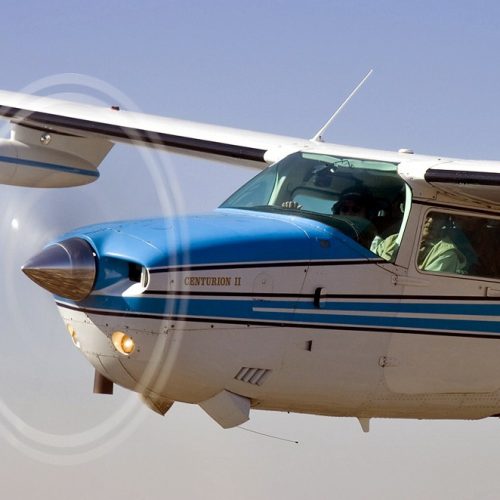
Items previously discussed above, all pertain to “light aircraft”, which consists of airplanes weighing less than 12,500 pounds. If an airplane’s weight is higher, A Type Rating would be required by an individual seeking operation of a particular type of aircraft, including the make and model.
There are two additional conditions for receiving a Type Rating on a particular aircraft. The first being if the aircraft is equipped with turbofan or turbojet engines regardless of the weight of the aircraft. The second condition is if the manufacturer of a particular aircraft mandates an operator to obtain the rating. For example: If one wants to purchase a Cessna Citation CJ Business Jet for leisure, they will have to add the following ratings to their Private Pilot Certificate:
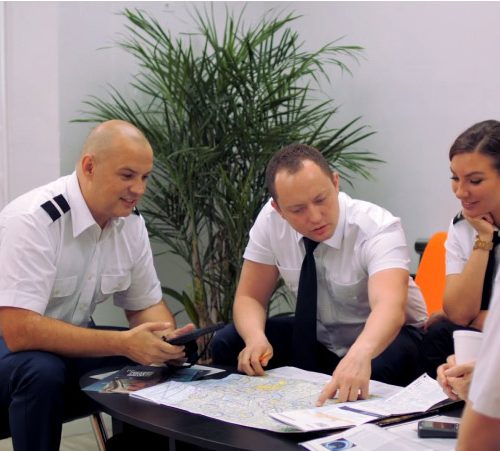
It is the category and class of the aircraft that is recorded on the pilot’s logbook for each particular flight. If one trains and successfully passes their check ride in a single-engine Cessna 172, this airman will have been granted a “Private Pilot Certificate / Single Engine Land.” These credentials give the airman approval to operate any land aircraft, with a single-engine, tricycle landing gear, and weight of fewer than 12,500 pounds.
At SkyEagle Aviation Academy, we have graduated all of our students from all of the above FAA Certifications and Ratings with the exception of Sport and Recreational Pilot. A special ATP-CTP Course is also offered by our academy, which allows commercial pilots to gain additional knowledge to help prepare themselves for the transition to the Airline Transport Pilot Certificate.